The PBS Wisconsin docuseries, Welcome Poets, examining the life and work of the 20th century Fort Atkinson writer, Lorine Niedecker, and that of 2023-24 Wisconsin Poet Laureate Nicholas Gulig, just released its final episode.
In Chapter 6 — available for streaming on our website and on our YouTube channel, Gulig — the series writer and narrator — recalls reading Niedecker’s poem, “Lake Superior,” as an introduction to her work, and sets off to retrace Niedecker’s 1966 journey that inspired it. The episode also features the only known audio of Niedecker, recorded in 1970 by poet Cid Corman on Blackhawk Island.
Now that viewers can watch the entire connected narrative of the six documentary shorts of Welcome Poets, we sat down to interview Colin Crowley, the series producer, about the making of the series, working closely with Gulig, and the production and editorial approach they took to connect the stories of two Wisconsin poets across time and place.
Sigrid Peterson: How did you first meet Nicholas Gulig and begin collaborating with him?
Colin Crowley: I first met Nick in Eau Claire back in 1999 when I was a university student. Over the years our paths crossed in various ways. In Eau Claire we were both part of the same young, artistic community. And both of us spent time living abroad — he in Thailand and I in Kenya. We corresponded about our expat experiences and then we both eventually returned to Wisconsin.
In 2022, Nick shared that he’d been named the 2023–24 Wisconsin Poet Laureate and asked me to shoot photos of him for a magazine piece. That conversation planted the idea of working together on a project for PBS Wisconsin. Not long after, he planned a trip around Lake Superior to retrace Lorine Niedecker’s footsteps — the tour that informed her poem “Lake Superior” — and invited me to film it.
Q: What did that trip lead to, and how did it become Welcome Poets?
Crowley: We set out in September 2023 and I shot a lot of footage with an open-ended goal, unsure of what the project might become. Near the end of the trip, Nick told me about driving into Fort Atkinson for the first time and seeing the “Welcome Poets” sign — a sign both literal and figurative — that set him on his exploration of Niedecker’s work and legacy. That suddenly made sense of everything we’d been capturing: it gave us the beginning and the ending.
It occurred to me that Fort Atkinson also grounded the story in place — that this small southeastern Wisconsin town housed two great Wisconsin poets spread across time.
When we brought the idea back to PBS Wisconsin leadership, they encouraged us to shape it as a web series. We settled on a visual approach that embraced a collage-like form, which felt aligned with both Niedecker’s and Nick’s practice.
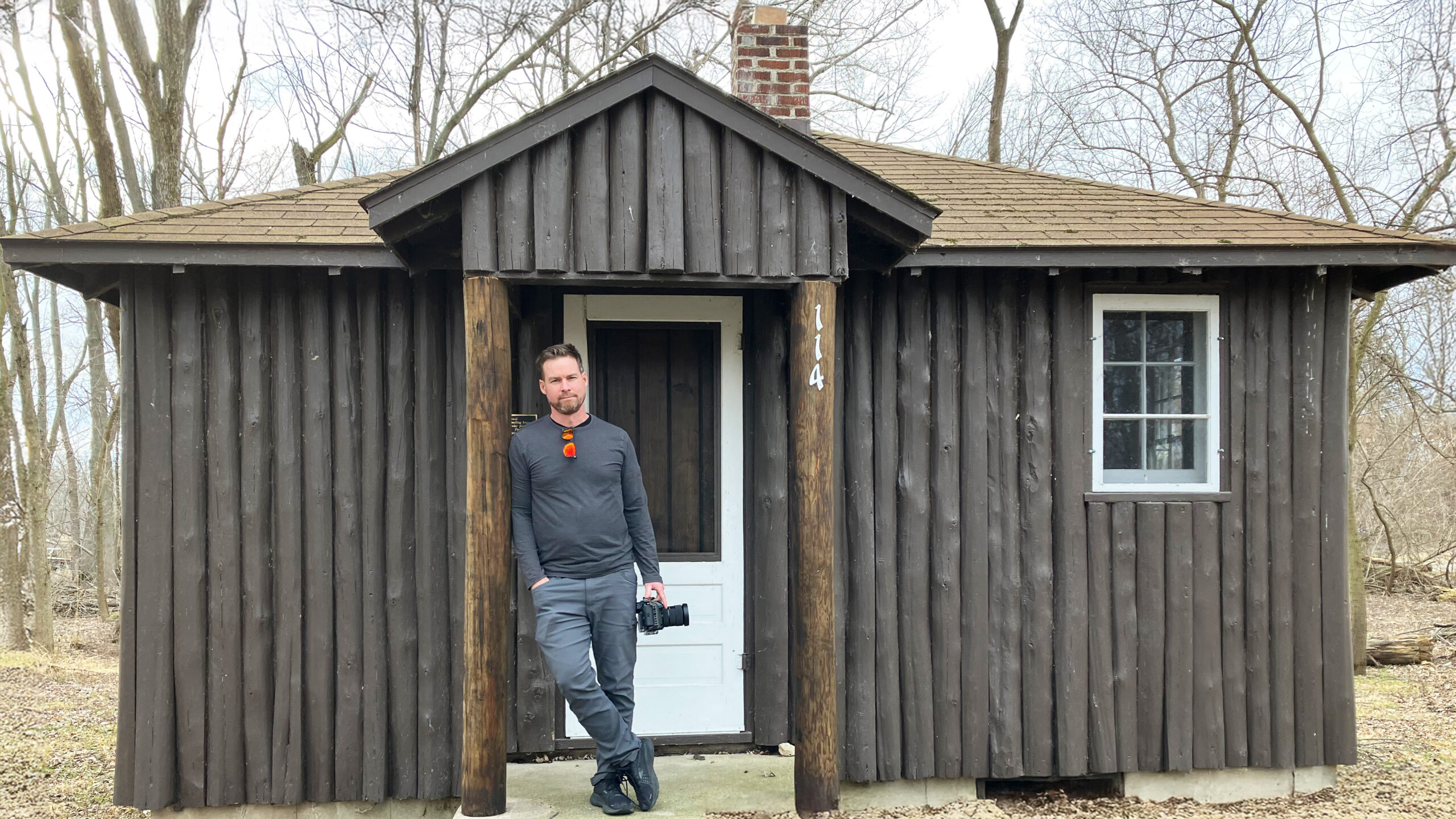
Colin Crowley, producer of Welcome Poets, stands in front of the Lorine Niedecker cottage on Blackhawk Island near Fort Atkinson, Wis. The cottage is on the National Register of Historic Places. (Photo by Ann Engelman.)
Q: Can you say a little more about collage, and your approach to filmmaking and storytelling for the series?
Crowley: Nick and I both take an unstructured approach to our creative endeavors . My way of working is to embrace random chance — going out into the world with an openness to capture whatever it presents to you, and then going through a process in the edit of contemplating what meaning can be drawn from it.
I never formally studied video production or documentary; my background is in literature, specifically French. I spent my student years reading novels, stories and poetry, and that informs my visual work far more than technical training or journalism.
This project gave me the chance to focus on images for their emotional and figurative resonance rather than their literal meaning. And you can’t talk about that without mentioning Zach Whitford’s editing. Often I’d bring him an idea — “I know this is possible; here’s what I want to see,” — and he’d make it happen, better and faster than I imagined. Other times I’d hand him a loose script and he’d invent things I never would have thought of: creative split screens, graphics with printed words and text, old photos, period looks evoking 1930s film reels or 1990s home video — all set into a contemporary frame.
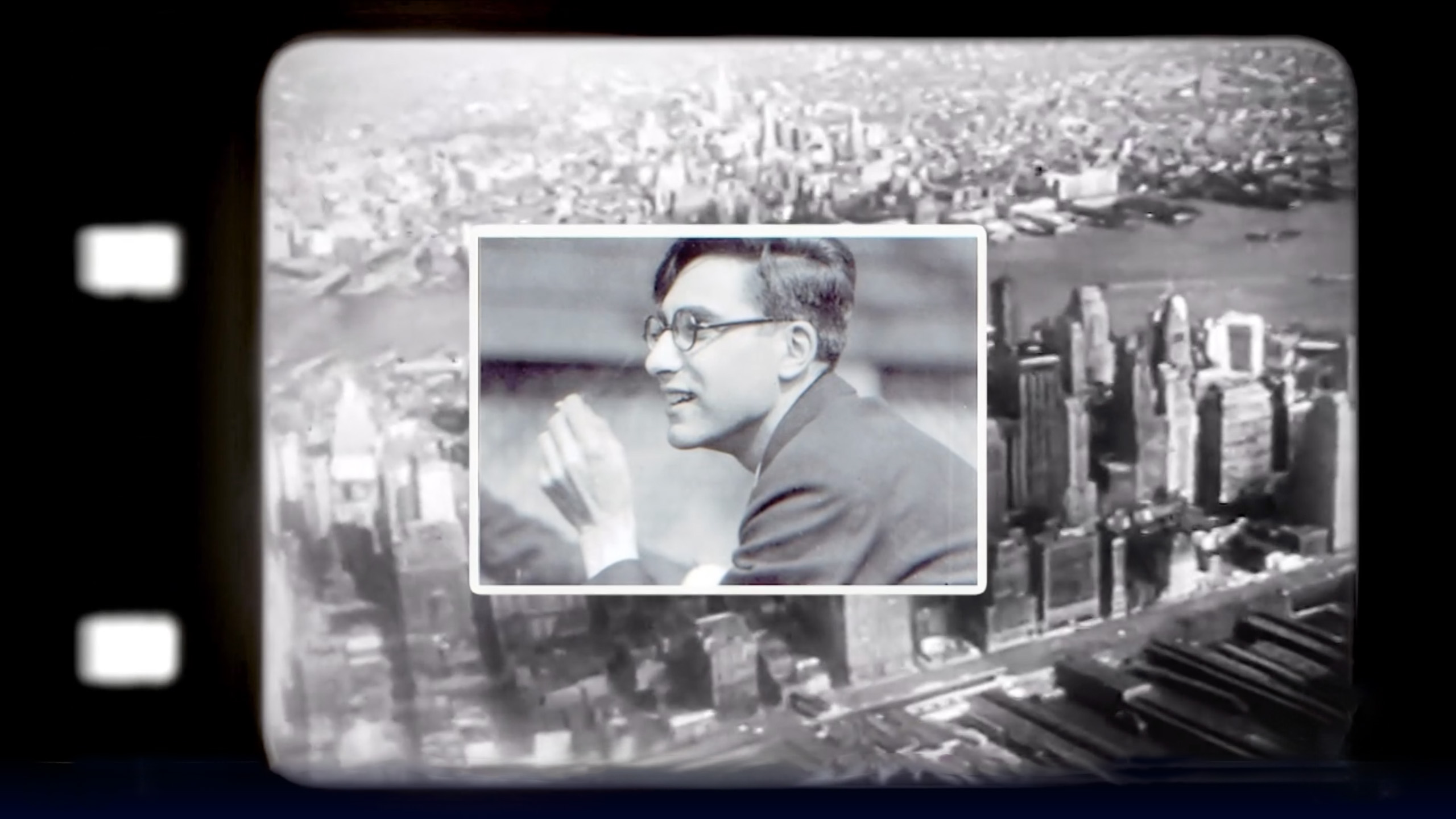
An example from Episode 2 of Welcome Poets of the producer’s and editor’s use of 1930’s film reel effects and visual overlays. Featured is an archival photo of the poet Louis Zukofsky, a friend and peer of Niedecker’s, when he was a young writer in New York. (Welcome Poets video still frame by PBS Wisconsin)
Q: The music in Welcome Poets really stands out. How did you approach it?
Crowley: For music at PBS Wisconsin, we typically draw from licensed libraries across genres. But Nick comes from Eau Claire’s fertile arts and music scene, with friends across Wisconsin — some of them mine as well. One of our companions on the Lake Superior trip, Riley Hartnett, started composing music as soon as we got back.
Nick also brought in friends Joe Westerlund and Trever Hagen, both well-known musicians, along with others: Milwaukee’s Michael Rossetto; our friend Jacy Catlin, who recorded a piece on spec that we asked him to make, we source some vintage late-1990s and early-2000s Eau Claire recordings; and I also asked Eau Claire artist Sarah Elstran (who goes by The Nunnery) if she would donate a couple original music tracks. I had been listening to Sarah’s music a lot over the past year and there were some scenes in the series, specifically Lorine Niedecker’s passing, where I knew that the ethereal quality of Sarah’s vocal compositions would set the perfect tone.
All of this music was generously contributed by these Wisconsin artists, so it was very much a process of “art-as-community,” which felt true to our approach. When we didn’t have Wisconsin artists’ tracks, Zack Whitford did a great job of finding musical cues that flowed so the soundtrack never feels out of place.
Q: Can you talk more about art as community?
Crowley: It runs through the series in so many ways. Nick and his family donated their time, their home and their story. Ann Engelman from the Friends of Lorine Niedecker guided us to resources, and the Hoard Historical Museum opened up archival access in ways that were unprecedented. For Nick’s personal story, I reached out to old friends — some he hadn’t seen in a decade — for photos and even Thailand phone videos. And when we filmed in Eau Claire, writer Nickolas Butler and his wife put us up in their home so we could wake up and shoot early the next morning. Many people contributed, and that generosity made the project much richer.
Q: Once you had the framework for Welcome Poets, how did you approach the responsibility of telling both Nick’s and Lorine’s stories?
Crowley: After we knew we had the beginning and the end, we needed their stories: who was Lorine, and who is Nick? I’ve known Nick for 20 years and it became a goal of mine to show Eau Claire’s fertile DIY creative scene of the late ’90s and 2000s through him.
Lorine was harder for me, because I wasn’t familiar with her before the trip. Ann Engelman, of the Friends of Lorine Niedecker, pointed me to books and helped with timeline and biography questions. I read biographies and essays, focusing on her as a person, not just as a poet. One important moment was speaking with Al Millen’s daughter — Lorine’s stepdaughter — at the Hoard Historical Museum. That conversation shaped a fuller portrayal of Lorine as a Midwestern woman of my grandmothers’ generation.
Q: Did you uncover anything new about Niedecker?
Crowley: We wanted to portray her marriage to Al Millen as a relationship that gave Lorine agency — celebrating that partnership instead of focusing any criticism on Al as “non-literary.” I think we added something to Niedecker’s biography by reframing it that way.
My favorite discovery, though, was that she was a very intentional photographer. Unlike most family albums of her time, Lorine’s photos focused on nature, landscape and small details — something I strongly identify with. You can learn a lot about a photographer by paying attention to what they choose to shoot — especially in the film era when each frame was expensive. When you look at someone’s photos from that era, you really see what they valued and wanted to remember. As far as I know, there hasn’t been much scholarship on that side of Lorine yet.
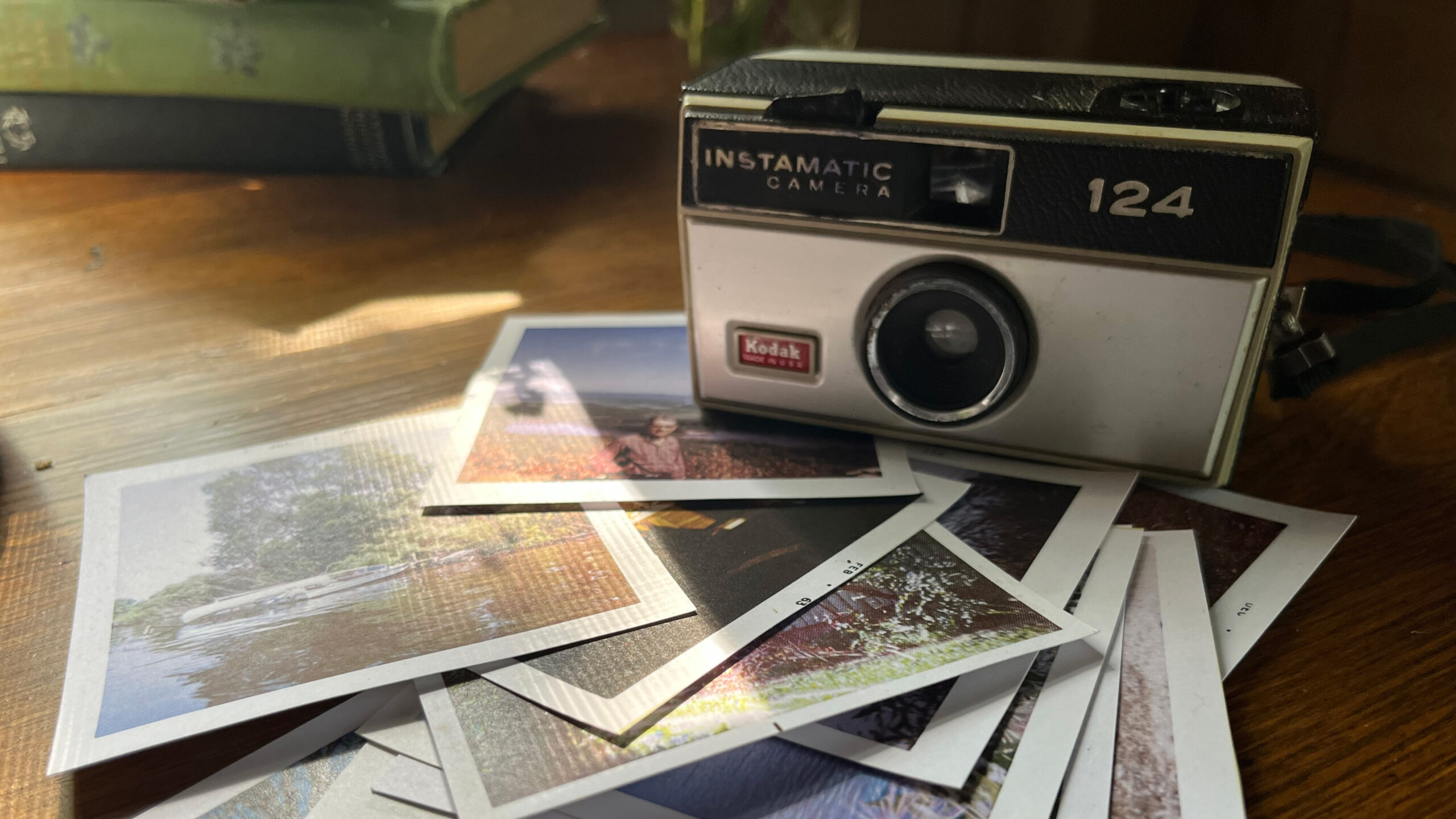
A vintage Kodak Instamatic 124 camera — the same model of camera Niedecker used for her photos — sits on top of facsimiles of photographs from her archives. (Photo by Colin Crowley)
Q: Lorine’s story is such a central thread in the series. Who helped frame the way you told it?
Crowley: The most challenging episodes to write were Lorine’s. We went through several script versions, trying to give a sense of her without attempting an exhaustive biography — choosing what details we could illustrate and which ones we would have to leave out. I got a lot of support in this from my colleague Clara Wolfe, who led the task of archiving and digitizing Lorine’s personal documents. Clara and I had a lot of discussions about who Lorine was and what makes her special. Spending so much time with Lorine’s writing, letters, photographs and personal effects had a profound impact on us and really drove us to consider the importance of telling her story in the right way.
We also drew inspiration from Caryl Pagel’s University Place lecture, which was so compelling in how poetic and fragmented it was — told in snapshots. After seeing it, I asked Caryl for the transcript, and both Nick and I took cues from that approach.
Q: Nick’s voice is an important part of this. What role does it play in Welcome Poets?
Crowley: I think so much of the impact of Welcome Poets comes from the quiet but powerful presence of Nick’s voice — as a writer, storyteller and narrator of both Lorine’s life and his own. One of the first things you notice is his undeniable skill as a writer. The precise language he uses to describe memories, recount history, or share emotions gives the whole series the feeling of being one extended poem. You don’t have to be well-versed in poetry to feel that impact; it comes through in the musicality of the way the story is told.
Q: Can you talk a bit about the decision to use the first-person narration?
Crowley: Yes. Welcome Poets is first-person storytelling, but in a way that resists the narcissistic, selfie-style videos we’re bombarded with online. Instead, it’s someone telling their own story by looking outward — toward other people, places and histories.
I think Nick learned that from Lorine in his work as a poet, and we were able to translate it into a multimedia format. There’s a curiosity in it, there’s the idea that you can learn about yourself by learning about others, which feels absent in much of today’s media landscape. One of the things I’m most proud of with this project is how it points to a different way of doing first-person storytelling — an antidote, in a sense, to the showy sameness of influencer culture.
Q: While you’ve produced many things for PBS Wisconsin, this is the first project you’ve been able to pitch as your own idea. You’ve said you were raised on PBS. How does that background fuel your hopes for Welcome Poets and public television more broadly?
Crowley: I grew up in southcentral Wisconsin watching Channel 21 — one of only five channels we had growing up. So PBS, specifically Wisconsin Public Television, was a refuge for me because it provided a cultural outlet and introduced me to worlds that just weren’t available to kids like me in the pre-internet era.
I would also strongly argue that PBS has always been a champion of experimental forms of filmmaking. Even, and especially, Sesame Street was on the forefront of experimental film — it was a repository for short films and animations that employed avant-garde editing and non-traditional storytelling. When I moved back to the state, PBS Wisconsin was the only place I wanted to work, because I felt it was the only place that valued the kind of creative storytelling I wanted to do, and which is underrepresented in commercial media.
A lot of our visual and editing language in Welcome Poets is contemporary — fast cutting, multiple images, intentional artistry — which we hope appeals to younger viewers. We want them to feel that creative things happen in Wisconsin; that a punk kid from “nowhere” can make meaningful work. Poetry doesn’t have to come across as academic or pretentious — neither Nick nor Lorine comes off that way — and we wanted to put that spirit into the culture.
Q. The final episode of the series just released. We know that anyone can stream all six episodes on the series website or on YouTube. How else are you bringing it to broader communities?
Crowley: We had a very successful screening in Fort Atkinson in September hosted at the Hoard Historical Museum, which was quite meaningful. There are two more confirmed screenings in Madison and at UW-Whitewater coming up.
The first screening showed that when we put all six episodes together, they work well as a standalone film, and we’ve gotten approval to begin submitting it to film festivals, so we just completed an edited film adaptation.
And anyone in Wisconsin interested in hosting a community screening around Welcome Poets is encouraged to contact us through the form on our website.
 Passport
Passport
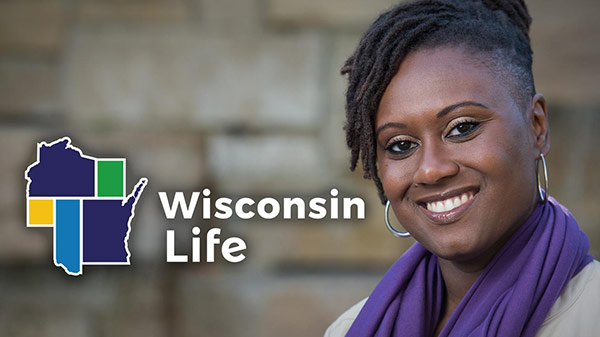
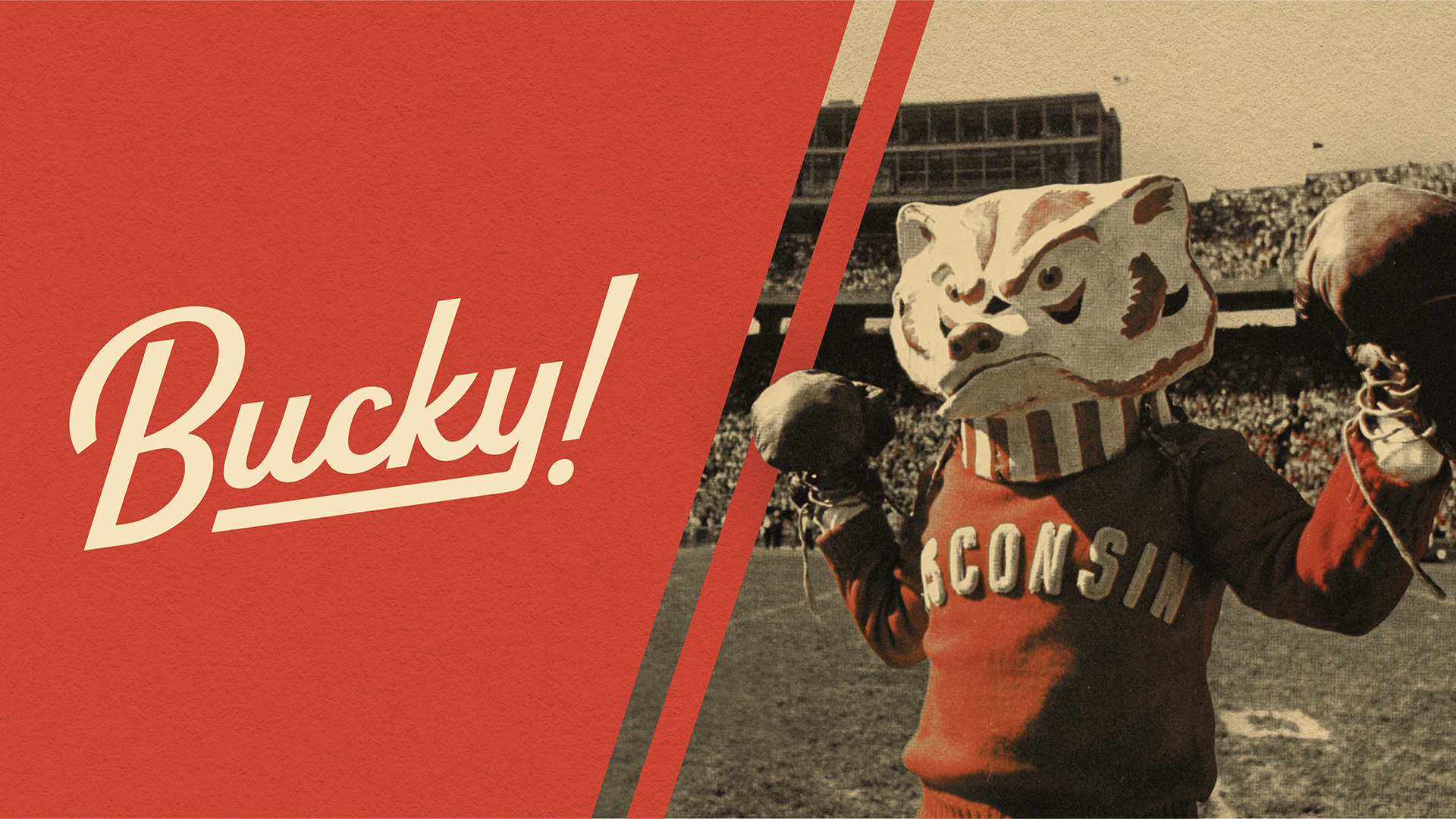
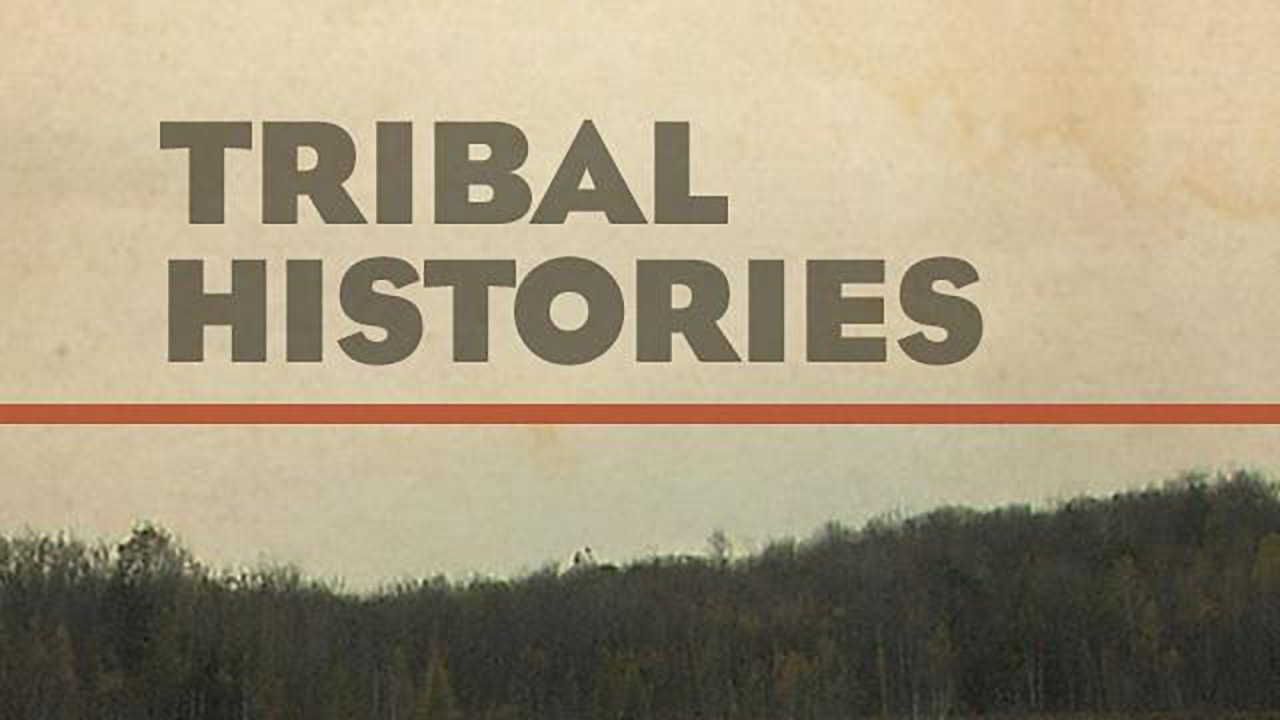
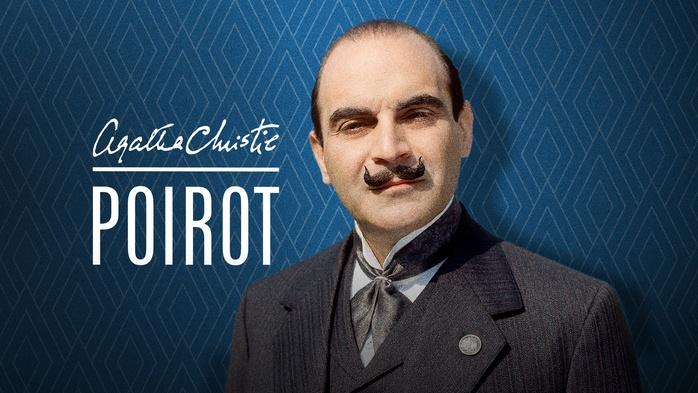



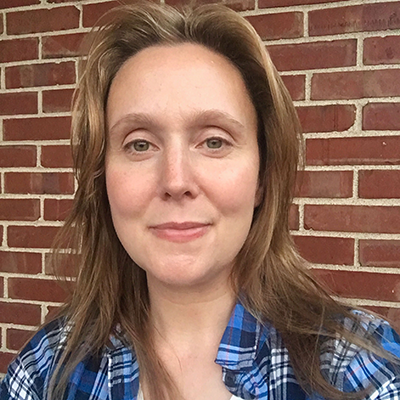

Ann Englman
I am totally biased. . . but, a terrific interview. Colin speaks with such eloquence about the elements of the series. He makes the process of the film sound so easy! There was much hard work, tough editorial and creative decisions, and following instincts about the story. The series had/has a very strong and dedicated team. The question is asked if Lorine would be embarrassed by all the attention. I think she would be thrilled.